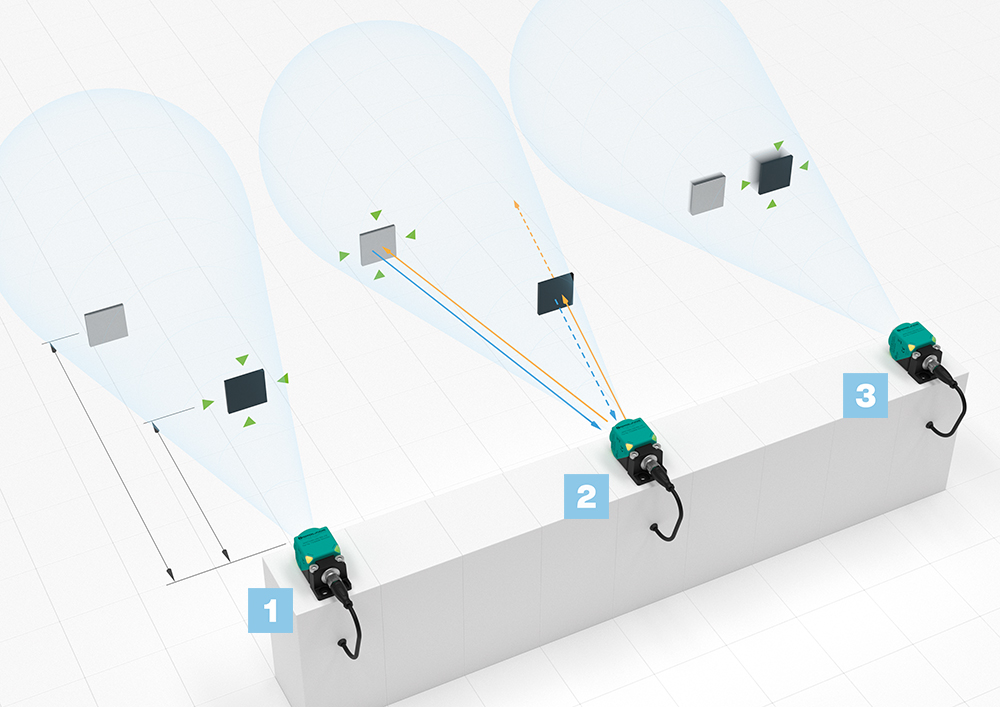
-
 Closest Distance
Closest Distance
-
 Best Reflection
Best Reflection
-
 Fastest Velocity
Fastest Velocity
 Closest Distance Closest Distance |
 Best Reflection Best Reflection |
 Fastest Velocity Fastest Velocity |
|
|---|---|---|---|
| Depending on the application, the industrial FMCW radar sensors from Pepperl+Fuchs can be operated in three different measurement modes. The respective mode is conveniently set up via PACTware without the need for additional parameterization tools. | In "closest distance" mode, the object closest to the sensor is detected regardless of the material. This mode is ideal for collision avoidance, i.e., with mobile construction machinery. Any objects that are within the extension range or action radius of the vehicle and boom are reliably detected. | In "best reflection" mode, the sensor detects the object with the best reflection properties. This means that interfering objects can simply be ignored, even if they are directly between the sensor and the actual target object. For example, it is possible to "see through" the outer skin of a tank to detect the fill level inside. | In "fastest velocity" mode, on the other hand, the radar sensor detects the object that is moving the fastest towards or away from the sensor. This measurement mode effectively supports the monitoring of the AGV’s track, for example. |




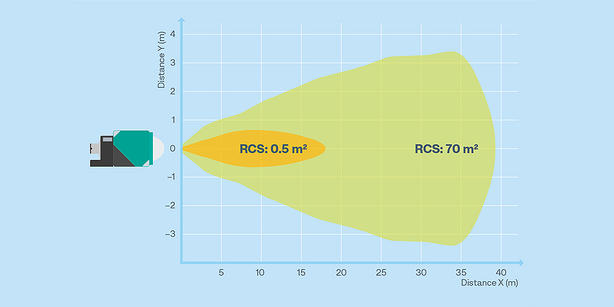

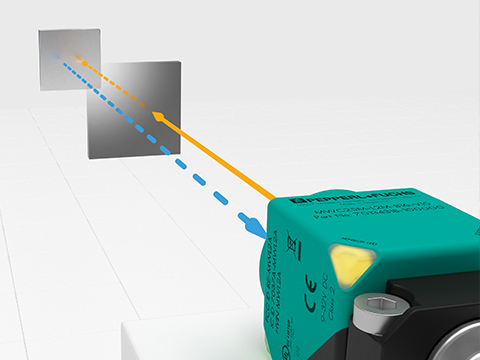
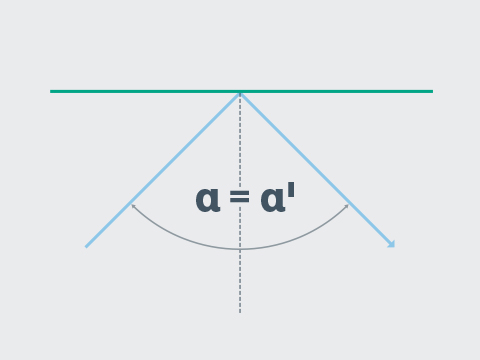
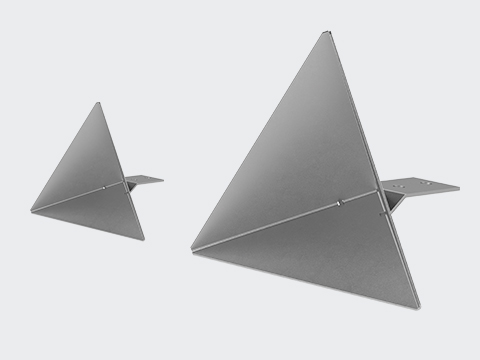
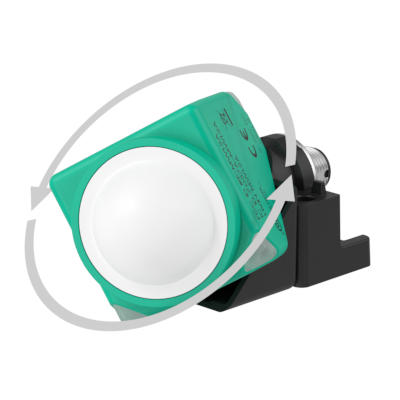
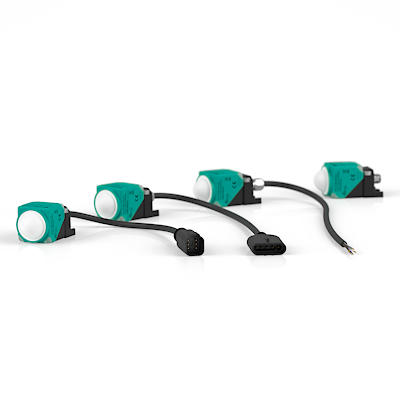
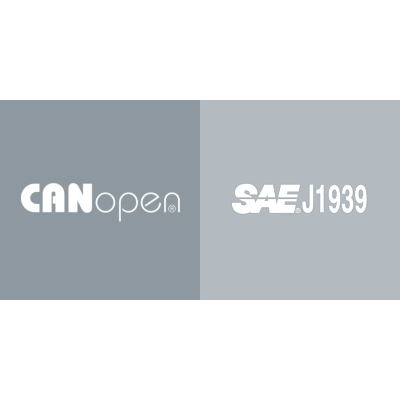
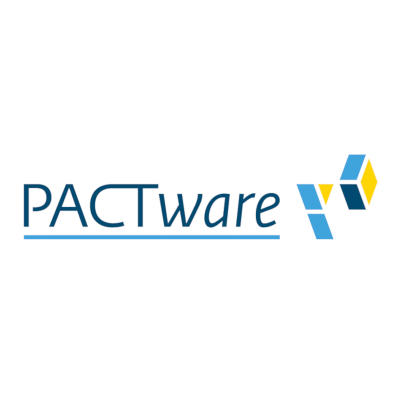
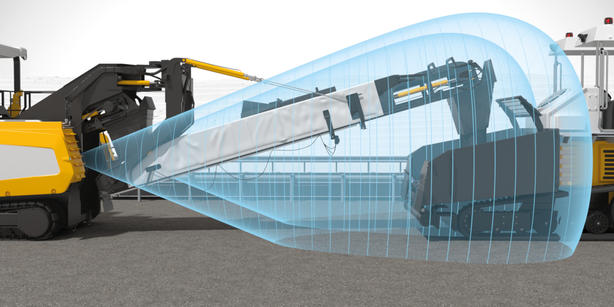

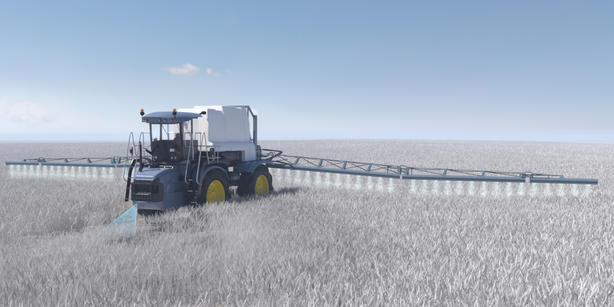
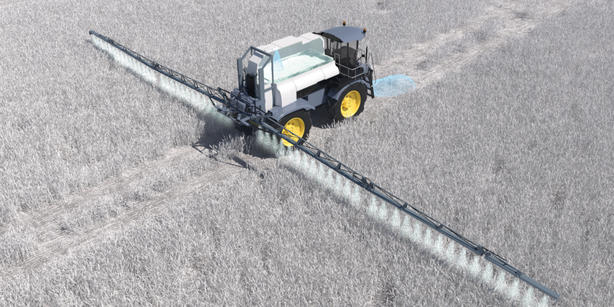
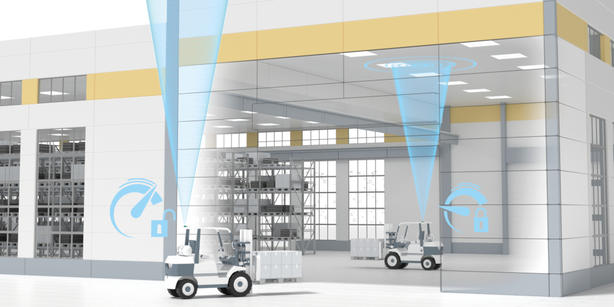
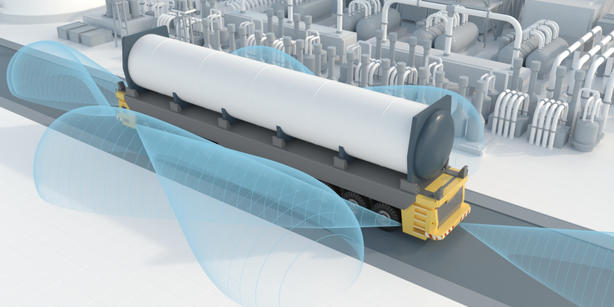
 Downloads
Downloads More Information
More Information

 +86 10 5901 7000
+86 10 5901 7000